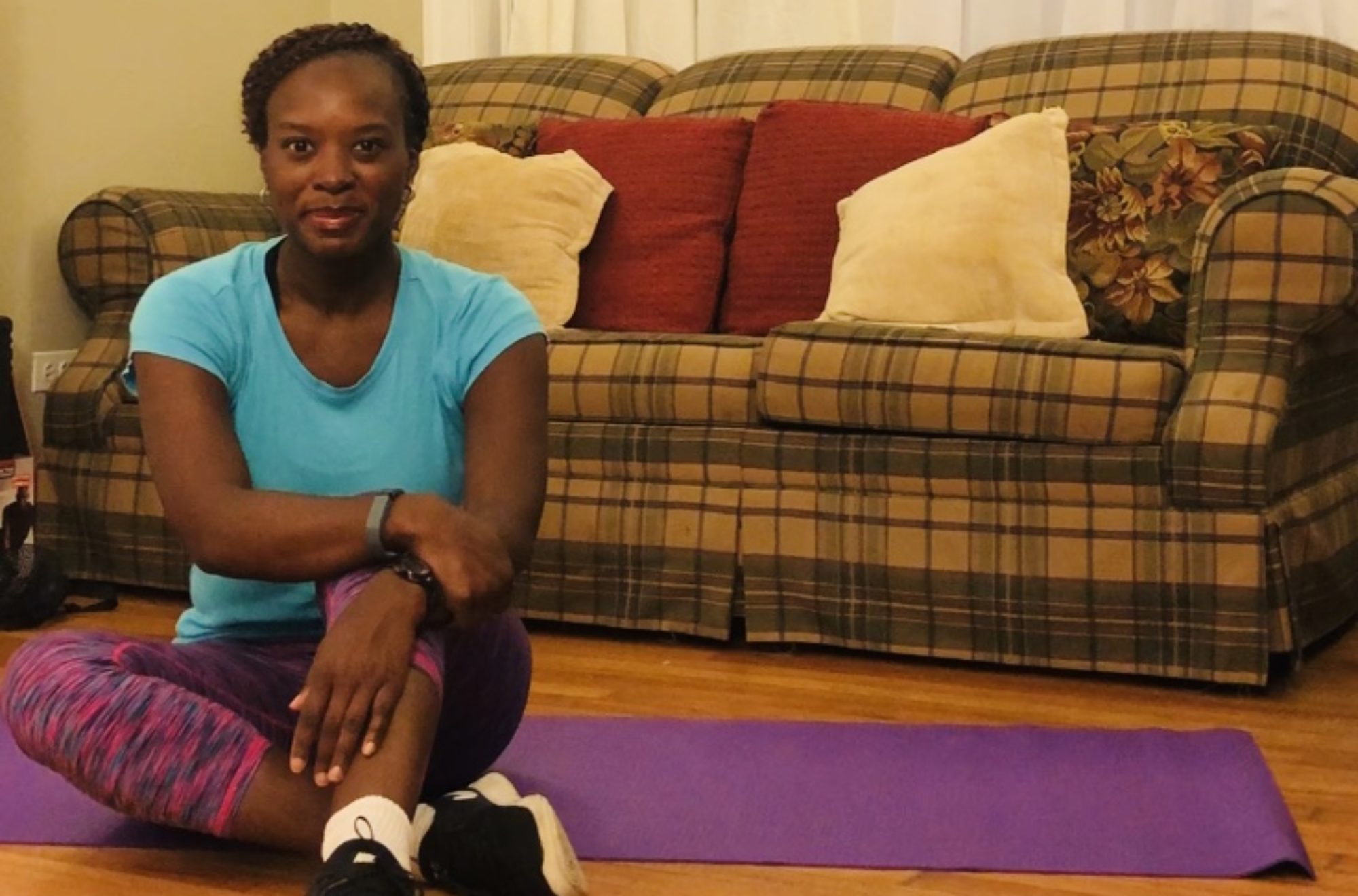
HIIT vs. Tabata Training
Today’s Weekly Wednesday Weigh-in will be a little different. I will be talking about HIIT vs Tabata (or High-Intensity Interval Training and Tabata Training).
A couple of weeks ago, I talked about my specialty area: Bodyweight Training. Tabata training is my preferred method for incorporating bodyweight exercises. People are often confused when we talk about Tabata training. Most of them have never heard of it. Some of them even ask me how Tabata Training is better than High-Intensity Interval Training, and they typically walk away. They say that they prefer High-Intensity Interval Training, and Tabata Training sort of sounds like a gimmick to them.
What is High-Intensity Interval Training?
High-Intensity Interval Training or HIIT is a form of exercise that’s gained quite a bit of popularity lately. In short, HIIT is exactly what it sounds like, but it’s easier to explain by breaking it down.
The word “intensity” refers to the amount of force, strength or effort it takes to do something. In terms of exercise, there are low, moderate and high intensity levels.
“Low intensity” exercises require minimal effort. They can be done for prolonged periods of time without leading to exhaustion. Things like walking or dog or pushing a sleeping baby in a stroller. On a scale of 1 to 5, low-intensity exercises would definitely be a 1.
“Moderate intensity” exercises require a little more effort, but why still aren’t that strenuous. A brisk walk or a light jog would fall in this category; these are exercises that you can do for a while. However, you would have to pace yourself, so you don’t tire out too easily. Moderate intensity exercises would score a 3 on a 1 to 5 scale.
“High intensity” exercises require all of your energy and effort. Since you give your all during these exercises, you won’t be able to perform them for very long. These are difficult exercises, like burpees or mountain climbers. They would be the highest on the one to five scale.
An “interval” can be defined as a space or span of time. So interval training is an exercise form consisting of an exercise period (or interval) immediately followed by a resting period. The intervals repeat in an AB pattern.
Putting It All Together
High-intensity interval training alternates between strenuous exercise and rest for specific periods of time.
Generally speaking, the resting interval in HIIT is a bit shorter than the exercise interval. That’s because it gives the body just enough time to recover but not enough time to relax. There is no specified amount of time for HIIT intervals. One can exercise for 40 seconds and rest for 20 seconds. Or you could do a 60 second “on” and 30 second “off” workout or some other combination. The key to maximizing your HIIT workout: make sure you’re able to go all out during the exercise interval. That’s where Tabata Training comes in.
What is Tabata Training?
Tabata Training is a HIIT format adapted from a 1996 study conducted by Dr. Izumi Tabata and a group of researchers from the National Institute of Fitness and Sports in Tokyo, Japan. The results: workouts with short bursts of high-intensity exercise had better effects than workouts with longer moderate-intensity exercises.
In the featured video clip, Dr. Izumi Tabata said, “Tabata Training is a form of high-intensity interval training which enables us to improve both aerobic and anaerobic cardiac systems simultaneously.” In other words, Tabata Training allows you to strengthen your heart and develop your muscles in less time than a traditional workout. However, Dr. Tabata stresses that the exercise interval should bring people to the point of exhaustion for them to receive maximum benefits.
Dr. Tabata stated that when the papers were published in 1996 and 1997, he expected that high-level athletes would participate in the training. He was surprised that many members of the general population are creating their own Tabata workouts.

What’s the difference?
I want to recap the common questions associated with HIIT and Tabata Training are:
- What’s the difference between Tabata Training and HIIT?
- Which method is better: HIIT or Tabata Training?
There’s really no way to answer those questions because (1) Tabata Training is a form of HIIT, so there’s no difference between the two. Beyond that (2) HIIT and Tabata Training follow identical formats of exercise/rest/repeat, so it’s not possible for one to be better than the other.
Perhaps a better question is: what is the most effective form of HIIT? The answer – without a doubt – would be Tabata Training!

Hopping on the Scale!
Don’t forget to hop on the scale and see where you are this week. Remember: if you were able to maintain and not gain, that’s still a win!
Click to join “The REAL Get Fit With Charity” Facebook Group!







